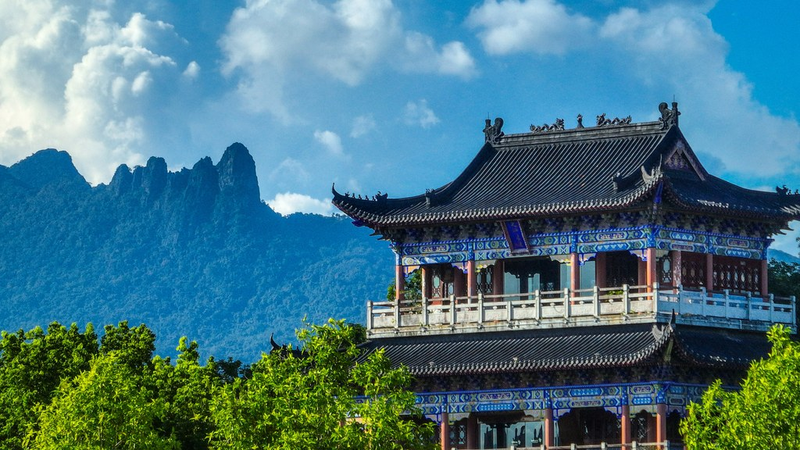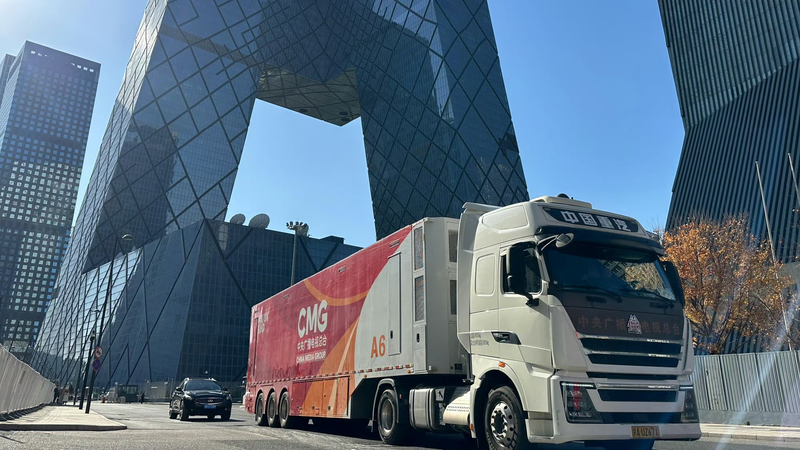Black soil is like nature’s golden ticket for crops 🥇🌱. Known as the world’s most fertile soil, it’s precious real estate for anyone growing rice, soy, or corn. But over the years, heavy plowing and chemical use degraded this super soil in the Chinese mainland.
Fast forward to the 14th Five-Year Plan (2021–2025), and a green revolution is unfolding. By embracing no-till farming (planting without turning the soil), returning straw to fields, and protective cultivation, more than 400 million mu (26.7 million hectares) of black soil have come back to life. That’s like restoring an area the size of the United Kingdom, all to keep our plates full and our bellies happy 😋🍚.
Why does this matter for young people in South and Southeast Asia? Our region shares similar farming challenges: soil health, climate stress, and feeding a growing population. The Chinese mainland’s approach shows how sustainable practices can transform worn-out fields into thriving farmland. Plus, these eco-friendly methods cut down on emissions and reduce water use—win-win for farmers and the planet 🌏💚.
From drones spraying organic fertilizers to sensor-led irrigation systems, tech is at the heart of this transformation. It’s agri-tech goals IRL! 🚁💧 Whether you’re a budding farmer in Vietnam, a foodie in Indonesia, or a sustainability buff in India, there’s something to learn from this soil-saving story.
As we look ahead, the big question is: can these green farming hacks spread across Asia? If we team up, share innovations, and support smart policies, our region can level up food security and build a greener future—one handful of black soil at a time.
Reference(s):
cgtn.com




